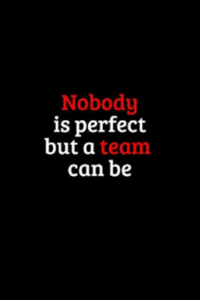Musical instruments as a metaphor for the various roles you can play in a team? You just have to make it up! Richard de Hoop, keynote at our recent Takii Europe staff event has adapted Belbin‘s team roles into instruments. Richard uses this in his swinging tale of successful teams.
Based on competencies, everyone learns to play a set of instruments. In a good orchestra (team), all of these instruments (roles) are represented. Individual instruments all sound different, but together it is possible to make music harmoniously. Good cooperation means making optimal use of each other’s talents and strengths. Then everyone can develop both personally and as a team and achieve great performances.
What instrument do you play? There is a practical bass or enthusiastic trumpet. A perceptive horn, the passionate drum, the sensitive violin and the creative guitar. But also the practical piano or critical harp. Which instrument you play in a team also depends on the other musical instruments already present.
I myself play the trumpet regularly: with an extroverted attitude, focused on dealing with people. In team settings, a trumpet can motivate and develop ideas. Blow the trumpet too loudly, too many things get done at once or team members are verbally outplayed. Like everyone else, I appear to be multi-musical (although I can’t read a note 😉). Because in addition to trumpet, I also regularly play piano, violin or guitar – depending on the team I’m on.
There are many theories and models about team roles, often with a similar theory. Translating this into musical instruments makes it accessible and understandable to many. There are still plenty of questions to answer: Do we have all the different instruments on the team? Are we listening well enough to each other? And how do we make our instruments sound together in such a way that we, depending on the situation, can play a beautiful classical symphony or experimental jamming?
Nobody is perfect, but a team can be!

